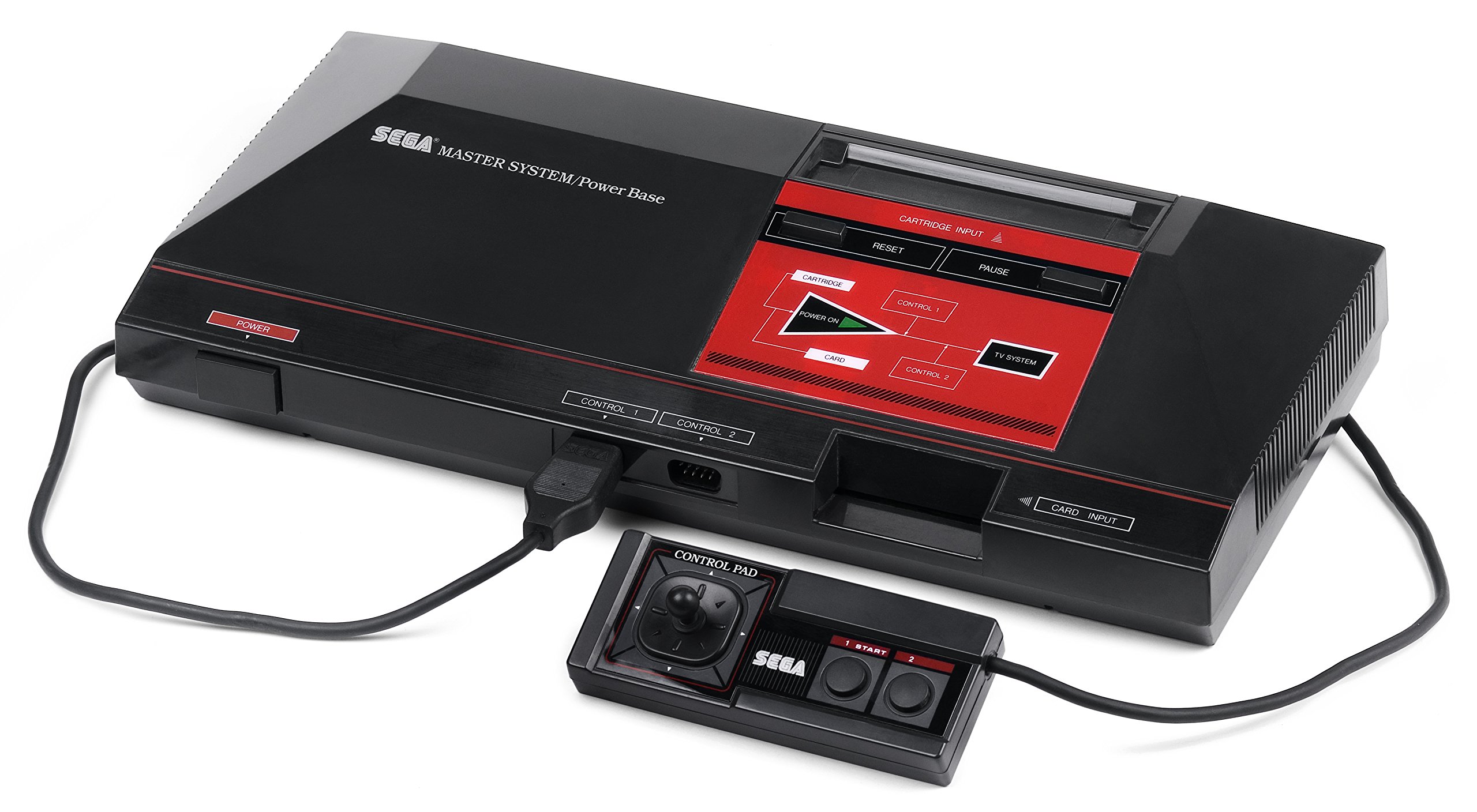System console, also referred to as the console window, is a window on a computer that allows administrators to interact with the system from the command line. The console is a text-based interface that provides access to the system’s firmware, hardware, and software. It allows the user to manipulate the system’s settings directly by typing commands or using menus.
System consoles can be found in both desktop and server operating systems, including Windows and Linux. Consoles provide many useful features to users, including the ability to execute system commands, manage system resources, and view system logs. They are often used to troubleshoot and diagnose system issues.
System consoles are generally accessed using a terminal program, such as PuTTY or HyperTerminal. The user can type commands directly into the console or execute a script to perform a task. Most consoles provide commands to view system information such as the system uptime, memory usage, and processes.
In addition to being used to diagnose system issues, the console can be used to customize the system. Many system settings can be changed from the console, such as system priority, memory allocation, and user privileges. Additionally, some consoles also support the use of graphical user interfaces (GUIs), also known as desktop environments, that can be used to control the computer.
System consoles are a powerful tool for managing computers and can offer significant benefits over traditional GUI approaches. They offer the ability to quickly diagnose and fix issues, as well as the flexibility to customize the system to meet specific needs.





